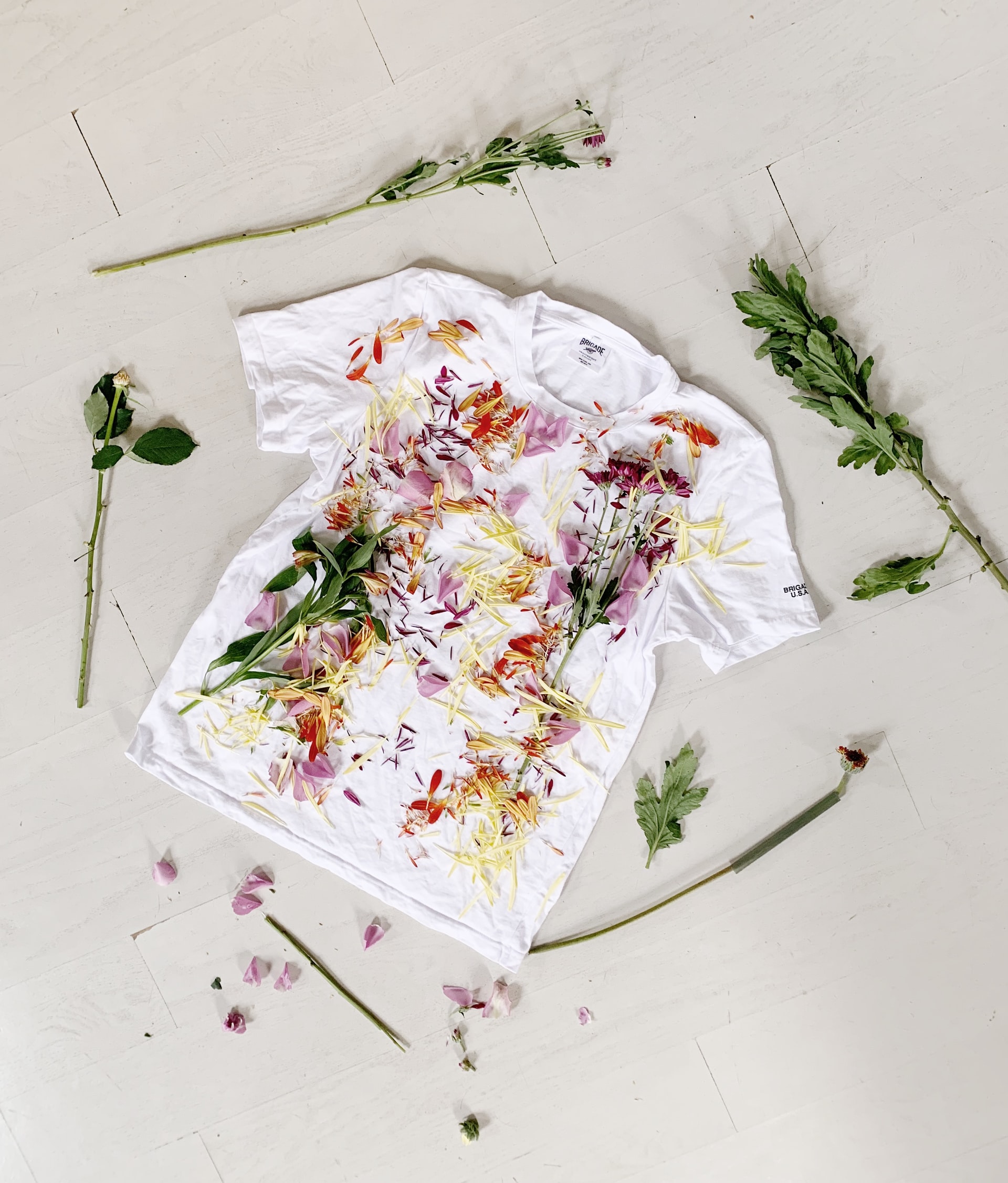Sustainable fashion is an evolving process and movement towards socially just and ecologically sound fashion practices. Sustainable fashion considers more than just dealing with clothing or fashion textiles. It also includes addressing the entire fashion system. This means looking at the whole of the industries’ structure including its impact on our environment, the people who create and wear the clothes, and the products that are produced and traded in the market place.
The lifecycle of a garment can be considered in three stages: production, collection and consumption. A new garment is born out of a plant and animal life cycle. These lifecycle stages are important for understanding what’s healthy’, sustainable fashion for the whole economy. A garment’s life cycle needs to take into consideration not only the materials and energy used to produce the clothing, but also the impact of various production processes on the environment. These include pesticides, insecticides, fertilizers and chlorine and other chemicals. Dyes are another source of harmful substances.
To create sustainable fashion, eco-stylists must be encouraged in schools and encouraged in the industry to come up with new and innovative ways to work within these three stages to create new, healthier and safer clothes. The lifecycle of most textile items can be reduced by developing new and better processes within the garment production and collection stages. By using recycled materials and methods, eco-stylists can reduce the impact on animals, the environment and human health. This creates better working conditions for workers as well as encouraging brand loyalty. New clothes, especially eco-friendly clothes, can be sold in markets to consumers who are concerned about our environment and want to do their part in reducing pollution and growing consumption of fossil fuels.
For eco-stylists working within fashion brands, it’s important to develop a strategy based on customer feedback and evaluation to determine what brands to use sustainable fabrics, in which areas such as cotton and hemp, and whether or not they are using enough of them. It’s also important to choose clothes that are affordable and comfortable as well as long-lasting. Fashion brands should not have a lower environmental impact than the average high street store. Sustainable clothing is attractive because the clothes can be sold in high-end department stores; eco-friendly clothes can even be passed on to children as part of parent/child bonding.
One example of an eco-friendly brand is Baby Phat. This brand uses a combination of organic materials and natural materials, including hemp and bamboo, which are used in manufacturing. The Baby Phat brand aims to produce clothes using sustainable fashion principles in a bid to reduce the impact on the environment and reduce the amount of materials that go into making modern day ‘fast fashion’, which has an effect on the environment.
It’s clear that incorporating sustainable fashion principles has benefits for the environment, the clothing industry and the consumer. However, some manufacturers still haven’t caught up, despite encouraging policies to help reduce greenhouse gas emissions and increase consumer buying power for eco-friendly brands. While this may seem like a problem for the future, it’s one that’s already being addressed. Organic materials, sustainable fashion and organic cotton clothing are becoming more accessible and more stylish so we can all benefit from an eco-friendly fashion industry.


